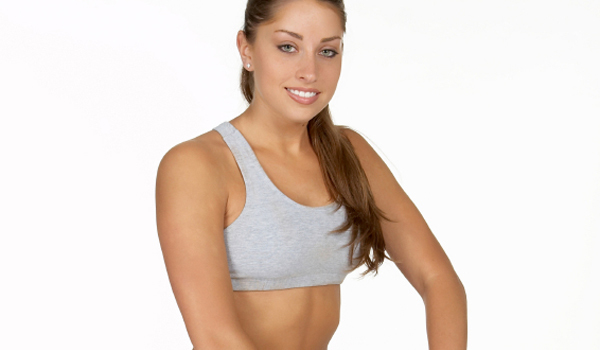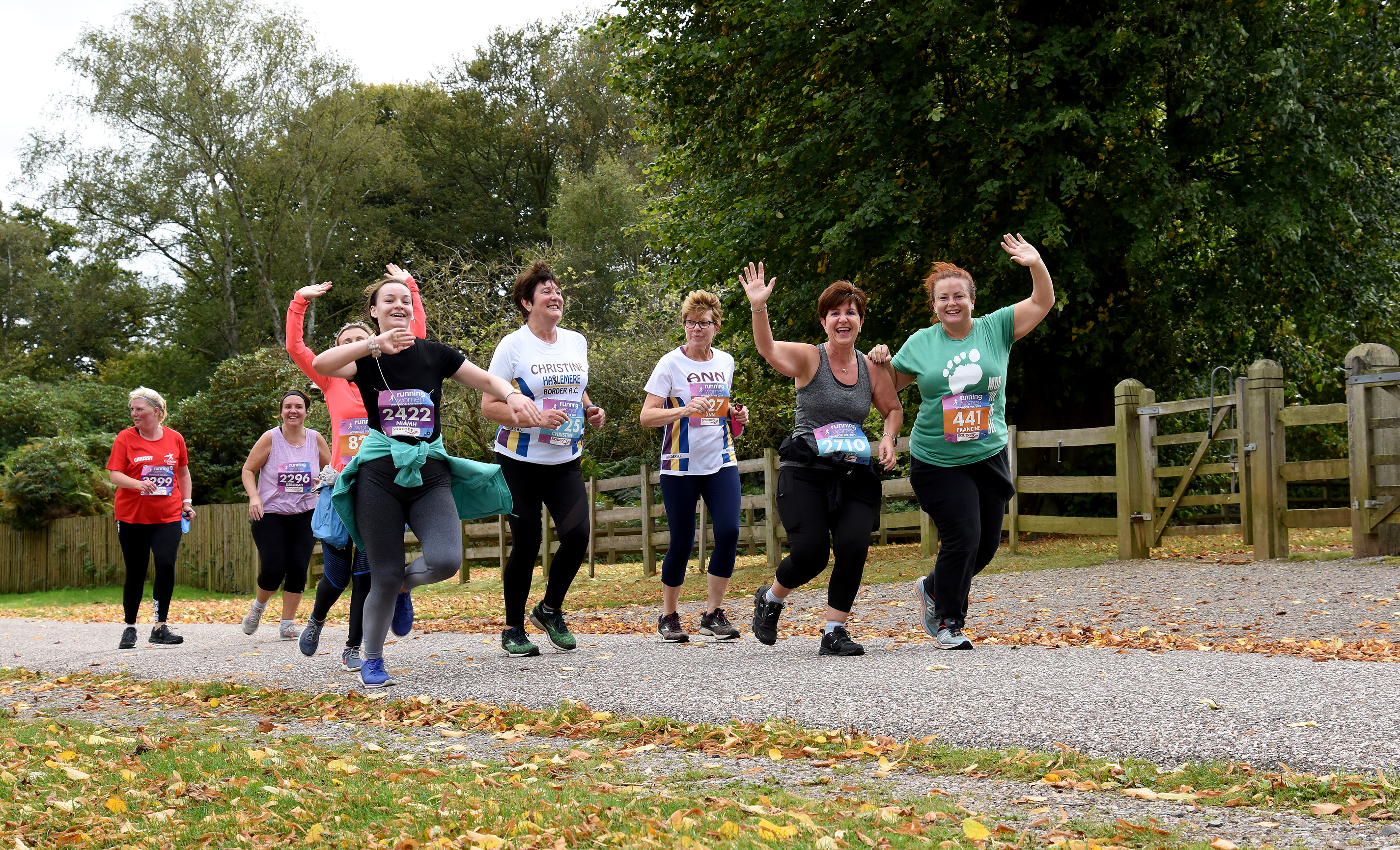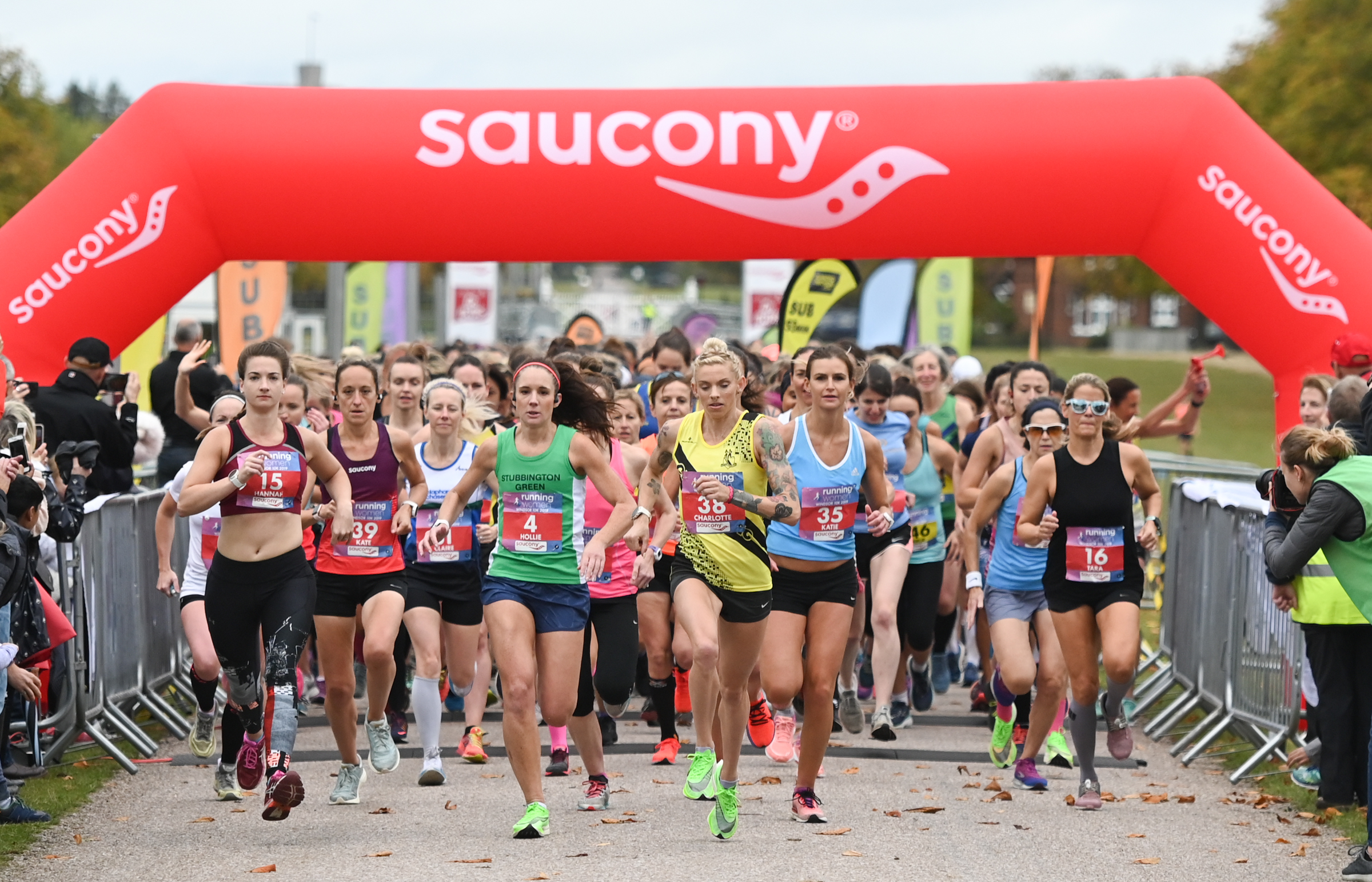What is The Best Form of Strength Training for Women Part 1

The answer is not a matter of gender but more a matter of the particular requirements of the athlete’s event, being the same for both men and women. If you want to significantly improve your performance then you must ensure that comprehensive strength training is covered in your training schedule.
For this article we will use the 10k as the event example. The major leg muscles all work dynamically, such as the quadriceps, the hamstrings, gluteus maximus, hip flexors, calf and dorsi flexors. All these muscles are active at some point in the gait cycle and so it makes sense to strengthen them. However they must all be strengthened in the right way to maximise 10k performance and injury prevention.
In 10k running 97% of the energy for muscle contractions comes from aerobic metabolism, for this reason the 10k strength programme must have a strength endurance emphasis which targets this type of muscle-fibre unit.
A training programme based around strength and endurance would consist of high number of repetitions with light weights:
Example: 3-5 sets of 12-20 repetitions with 45 second rest periods. This of course depends totally on your level of fitness.
The choice of leg exercises must reflect the biomechanics involved in the running movement. For example, since most thigh muscle activity occurs when one foot is in contact with the ground, single legged exercises with the foot in contact with the ground will be most relevant:
- Single leg press
- Lunges
- One legged squats
All these exercises target the muscles in the thigh and bum area.
As the foot strikes the ground, the knee is slightly bent. Then the knee flexes to absorb the impact and then extends again before toe off. The quadriceps act to control the shock absorbing knee flexion movement – with all this in mind, strength exercises should be chosen to focus on this range of movement:
- Limited range leg press – this is especially useful as it helps to prevent the anterior leg pain which women are prone to because of a greater femur Q angle causing more inward rotation of the knee.
In Part 2 we look at strengthening the trunk and hips as well as strengthening the upper body.
Similar Posts:
- What is The Best Form of Strength Training for Women Part 1
- How To Improve Your Core Strength For Running
- 3 Easy Bodyweight Exercises To Avoid Injury
- No-kit exercises for stronger legs
- Essential Core Exercises at Home
- Flexibility, Balance And Mobility Challenges



